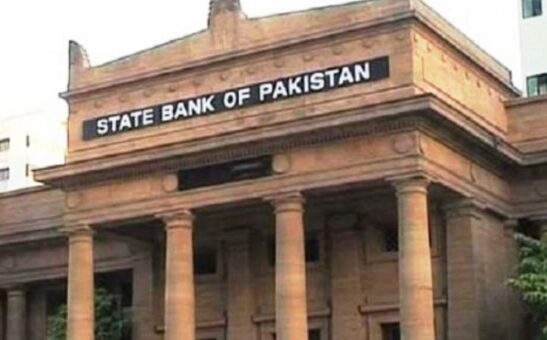KARACHI: State Bank of Pakistan (SBP) on Monday issued the Karachi Interbank Offered Rates (KIBOR) as on May 16, 2022.
Following are the latest KIBOR rates:
| Tenor | BID | OFFER |
| 1 – Week | 12.27 | 12.77 |
| 2 – Week | 12.40 | 12.90 |
| 1 – Month | 12.93 | 13.43 |
| 3 – Month | 14.76 | 15.01 |
| 6 – Month | 14.82 | 15.07 |
| 9 – Month | 14.73 | 15.23 |
| 1 – Year | 14.70 | 15.20 |
